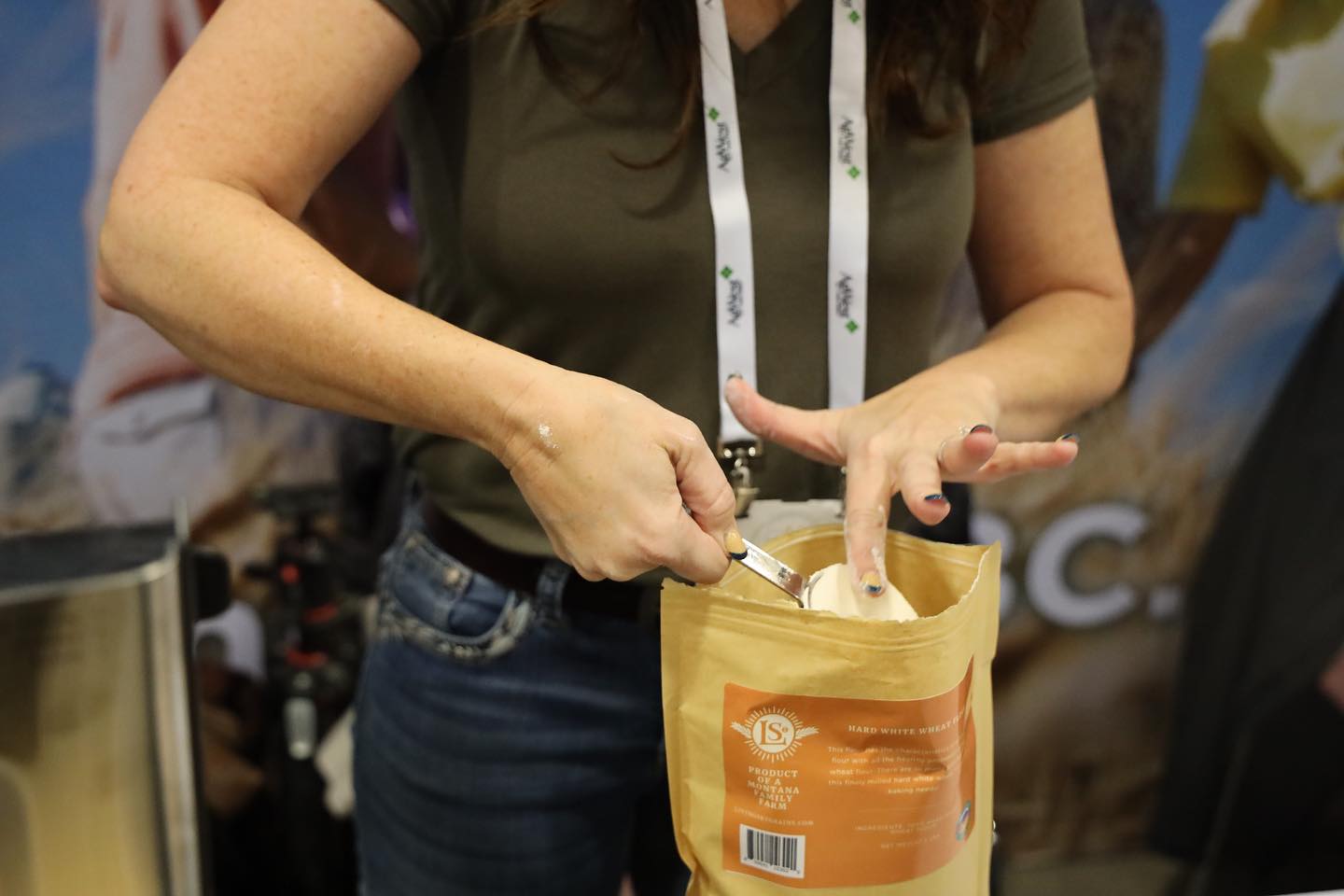
Education
WHY
is telling this story so important?
Let’s face it, in the United States it is so easy to take food for granted. The U.S. has the safest food supply in the world and an abundance of it, making it easy for us to ignore its vital value to our everyday life. Thanks to the labor and ingenuity of the American farmer and rancher, this country continues to produce the highest quality commodities, such as Montana barley and Montana hard red winter, hard red spring and durum wheats. At the Montana Wheat & Barley Committee, a slice of our mission focuses on educating the public about our quality grains.
- Montana
- Wheat
- Barley
- Durum
- Population: 1.14 million
- 2.5 cows per person
- Average annual rainfall: 12 – 15 inches (30cm – 38cm)
- Coldest recorded temperature -70F (-56C): 1954, Rogers Pass
- Highest recorded temperature: 117F (47C), 1893, Glendive and 1937, Medicine Lake
- Largest 24 hour temperature change: 103 degrees (-54F to 49F) 1972, Loma — WORLD RECORD
In the United States, Montana is:
- Second in barley production: 49.7M bushels, 2023
- Third in wheat production: 186.7M bushels, 2023
- Second in durum wheat production: 21M bushels, 2023
- First in organic wheat production
- One bushel of wheat equals 60 pounds or 42 commercial loaves of bread
- Wheat’s genome is one of the most complex known to man; it is 5 times larger than a human genome
- 1 pound of wheat seed is a wild range of kernels: from 8,000-18,000 so it’s critical that a farmer watches his seeding rate
- Winter wheat planting is in the fall (September-October) and harvest is the following July-August
- Spring wheat planting is April-May and harvest is August-September
- Montana’s annual wheat production averages 137.3 million bushels; Montanans would need to eat 16 loaves of white bread PER DAY to consume that amount of wheat
- A combine can harvest enough wheat in 9 seconds to make 70 loaves of bread
- The vast majority of Montana’s exported winter wheat is used for oriental noodles
- About 80% of Montana wheat production exports to the Pacific Rim
- Wheat is the second most-consumed calories in the world
- A US citizen eats an average of 131 pounds of wheat per year
- Lesser known fact: bread will go stale up to 6 times faster in the refrigerator than when left at room temperature
- Wheat originated in the “cradle of civilization” in the Tigris and Euphrates river valley, near what is now the country of Iraq
- In 2020, Montana’s Barley production equaled 13.5 BILLION cans of beer, serving every adult on the planet at least two Montana cervezas!
- One bushel of Barley equals 48 pounds or 300 cans of beer
- Barley is known to be the TRIPLE THREAT crop with three end uses: Food, Feed and Malt
- 20% of Montana’s Barley acreage is irrigated land
- Planting April-May, Harvest August-September
- Higher protein barley is desired for distilleries
- Low protein barley is desired for beer
- In the pacific rim, Barley tea is a popular drink
- Barley can be added to rice as an extender to enhance nutrition
- Barley was the model for the size of an inch. In 1324, King Edward II of England standardized the measurement as “three grains of barley, dry and round, placed end to end lengthwise”
- Beta glucan (β-glucan) is a soluble fiber readily available from oat and barley grains that has been gaining interest due to its multiple functional and bioactive properties
- One of the earliest cultivated crops known to man
- In John:6 Jesus feed 5000 people with just five loaves of barley bread and two fish.
- One bushel of Durum equals 60 pounds or 42 boxes of pasta
- If you eat pasta three times a week, it will take 70 weeks to eat all the pasta made from one bushel of durum
- Durum planting April-May, Harvest August-September
- Durum has high protein relative to wheat
- Semolina is coarsely ground durum with a texture somewhat like sugar, it is the best product for pasta
- In 1789 President Thomas Jefferson brought the first macaroni machine to the United States
- Freekeh is made from mid maturity durum then roasted in to a smokey tasty Mediterranean and North African dishes
- Kamut is an ancient variety of Durum
- There are over 600 different pasta shapes
OUR GRAIN
About Our Wheat
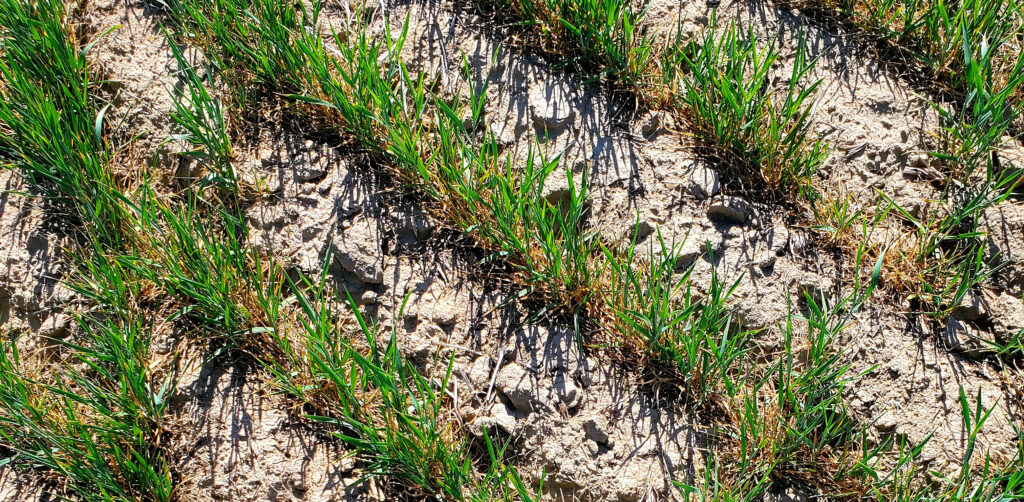
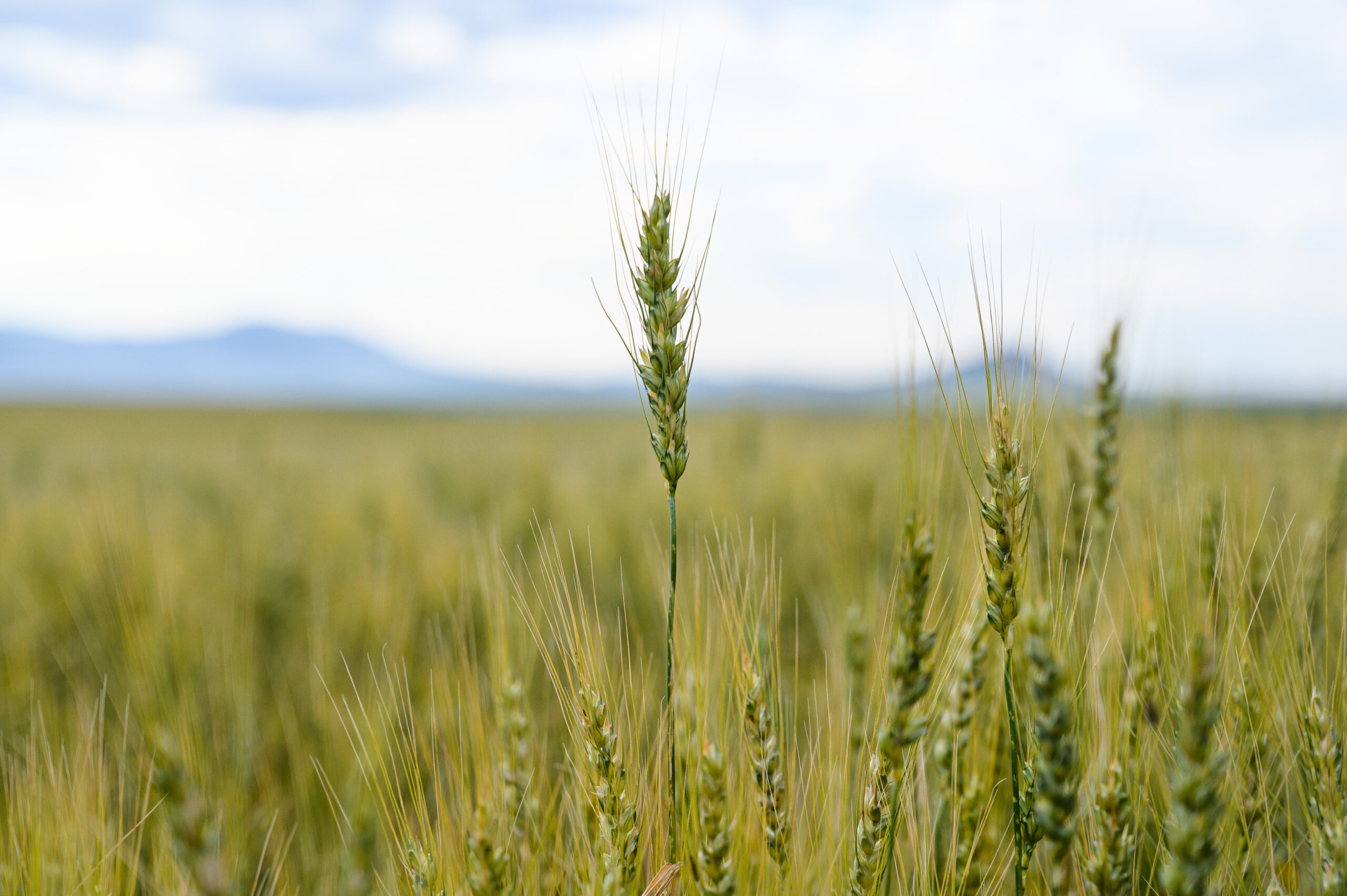
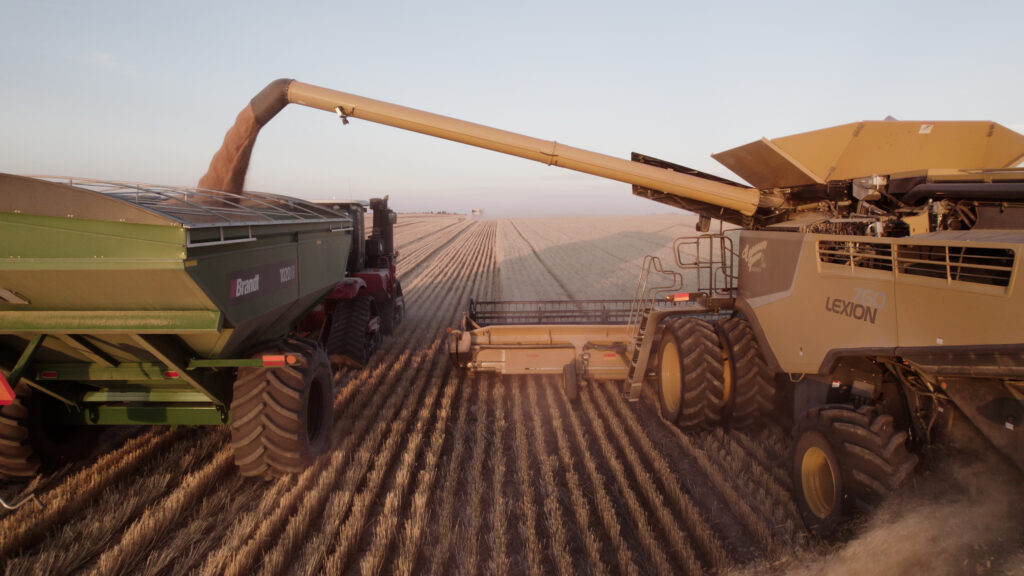
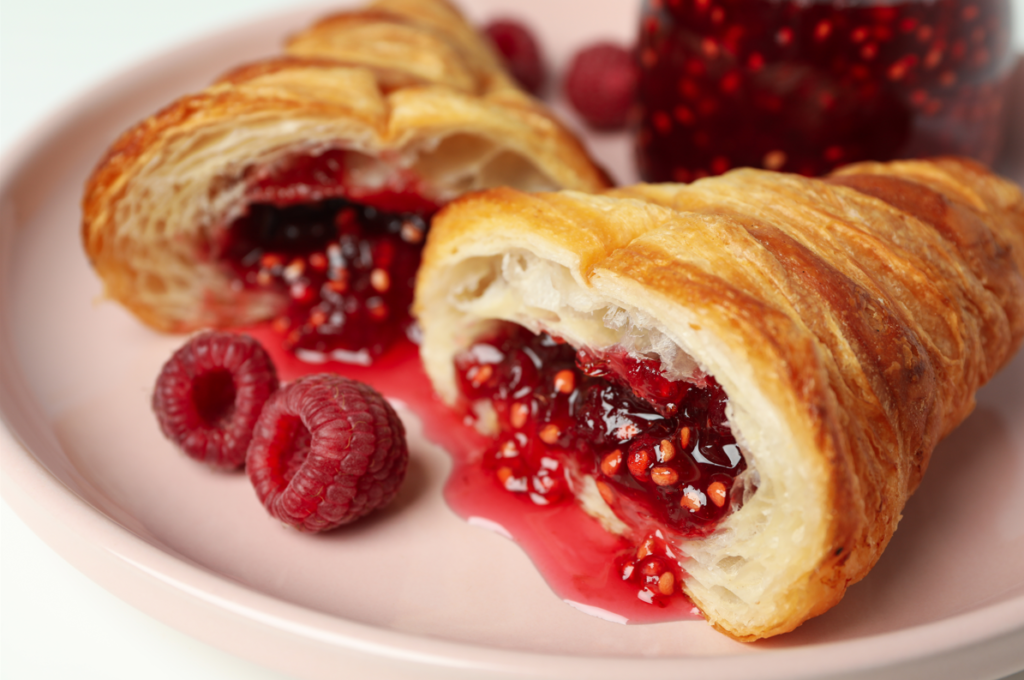
There are six classes of wheat and of those, Montana predominantly raises hard red winter, hard red spring and durum. Kernels of wheat are planted in rows thanks to large seeding machinery pulled by even bigger tractors. Farmers need to know so many environmental factors to plant the right wheat variety, seed volume, and planting depth for a successful emergence (when the seed grows into a plant above the soil). The plant begins a rich, dark green. As it matures, it grows a “head” which fills with grains of wheat. The sun ripens it to a beautiful golden yellow — at that point it’s ready to harvest
Winter Wheat
Montana farmers raise more winter wheat than any other class. It is planted in the fall when it can get a good start from Mother Nature’s natural moisture inputs. It then lays dormant over the winter, under the snowpack, and becomes a strong, healthy stand in the spring. Winter wheat typically is ready to harvest in late July or early August. It is the favored class planted in Montana’s “Golden Triangle” — map is located below.
What it makes: Montana’s hard red winter wheat is very popular for noodles made by our Asian customers. It is also ideal for hard rolls, flat breads and improves the quality of flour, blending in as general purpose flour.
Spring Wheat
Spring wheat is planted in Montana geographic regions where the winters deal out really tough conditions for winter wheat to survive. The great majority of northeastern Montana into central Montana grows the most spring wheat. However, when winter wheat succumbs to a tough winter (called “winter kill”), producers may plant spring wheat in its place. Spring wheat is planted in April or May and harvested in August or September.
What it makes: Hard red spring wheat makes similar great products as hard red winter, including bagels and crusty breads. Flour millers love it for improving other wheat qualities as it blends, and bakers love it for its strong dough characteristics.
About Our Durum
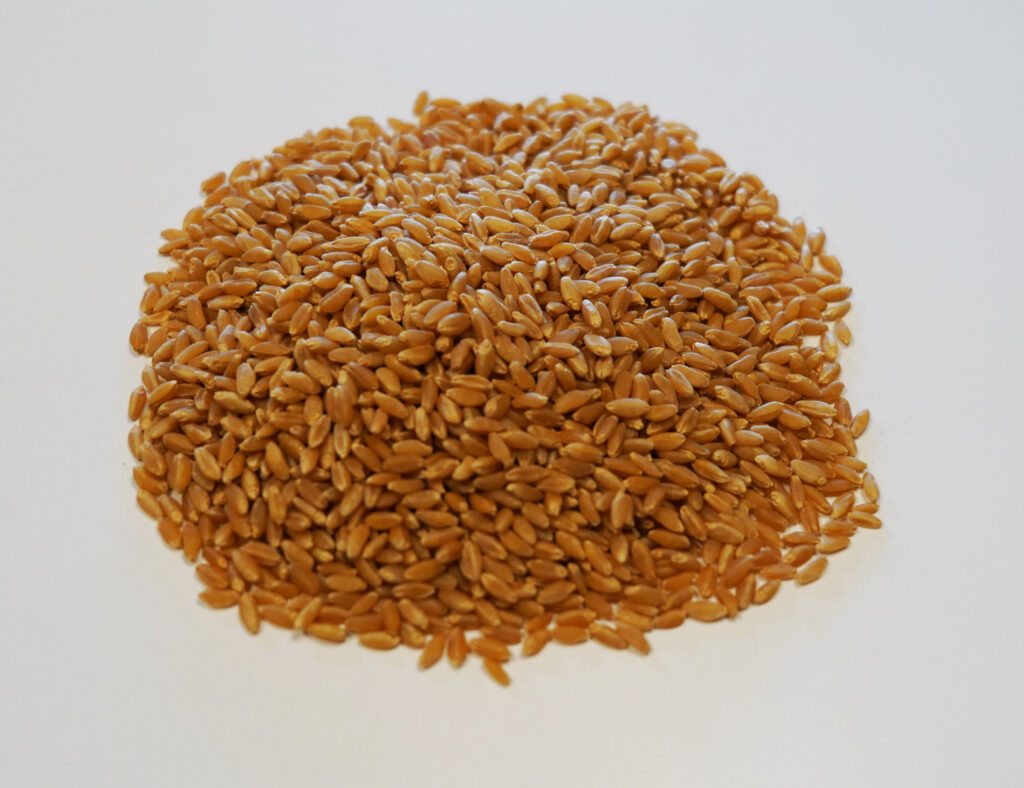
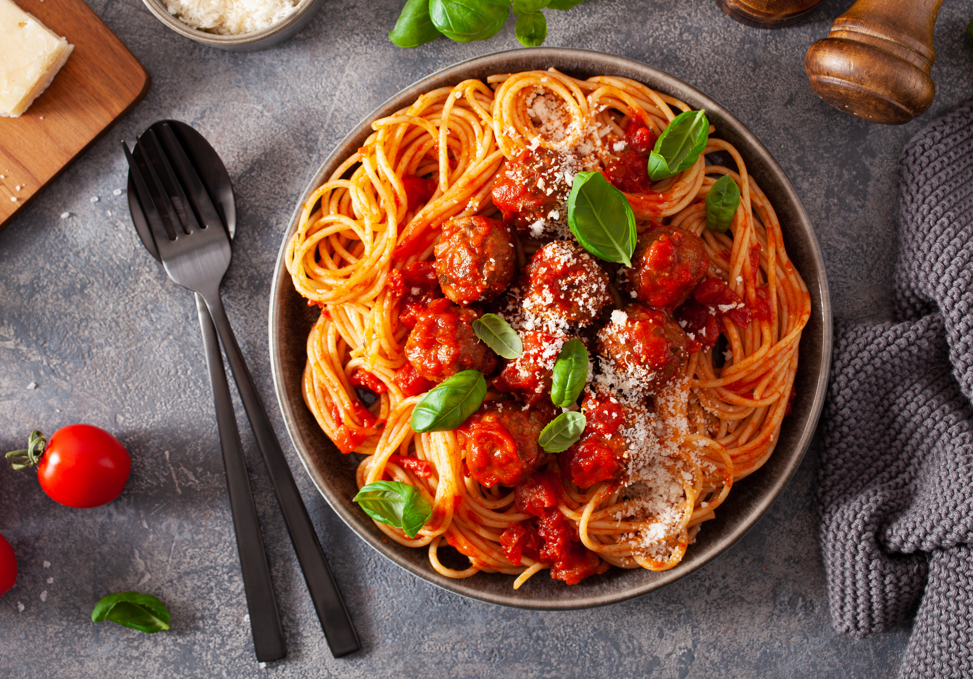
Durum Wheat
A kernel of durum wheat is the hardest of all wheats, which makes it wonderfully perfect to make pasta. Planted in the spring and almost entirely in Montana and North Dakota, it is similar to spring wheat for the amount of time it takes to grow. Montana producers often contract their durum wheat with specific buyers. For example, companies such as General Mills or Pasta Montana will write a contract with a farmer to buy a predetermined amount of bushels. They’ll agree to a price before the crop is planted, which can help the farmer with a guaranteed price for his grain especially when markets are so erratic. Durum is stronger in durability and gluten (holds the dough together and is very elastic) while being known for its yellow color.
Durum makes semolina flour, a coarsely ground counterpart to the finer durum flour. Semolina has a rich, nutty flavor with its beautiful yellow color. Bakers often refer to its depth of flavor, but pasta connoisseurs love it for its high gluten content.
What it makes: Montana durum is highly sought after by premium pasta makers. Macaroni, spaghetti, linguine, bow tie…there are so many pastas to choose from! Here’s a great site showing 44 types and how to use them. Quality pasta contains a high protein and fiber for a healthy diet.
About Our Barley
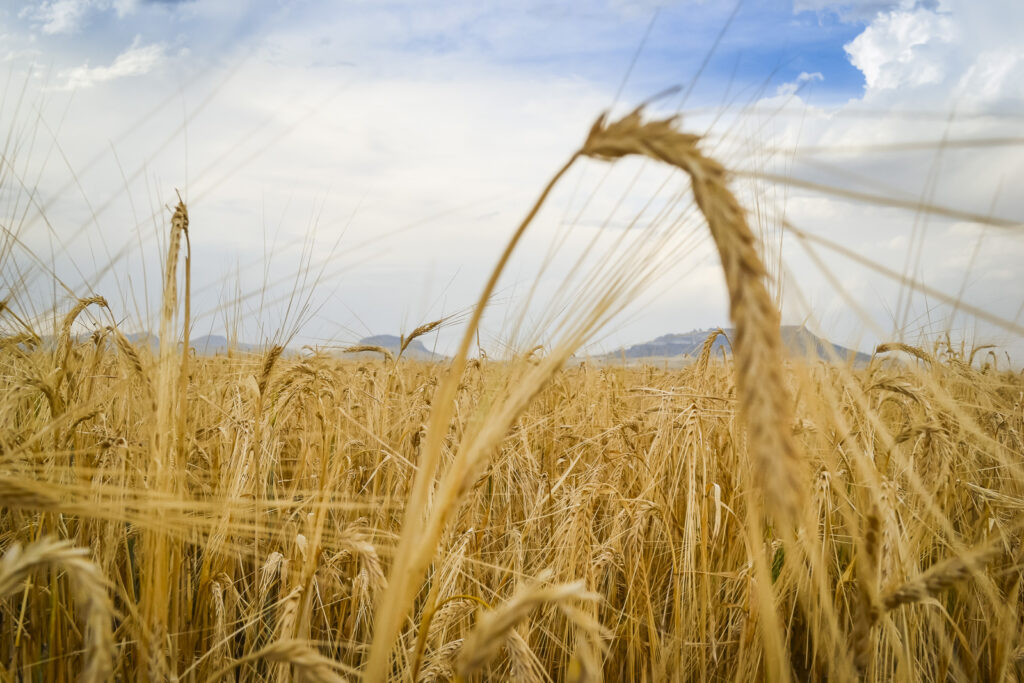
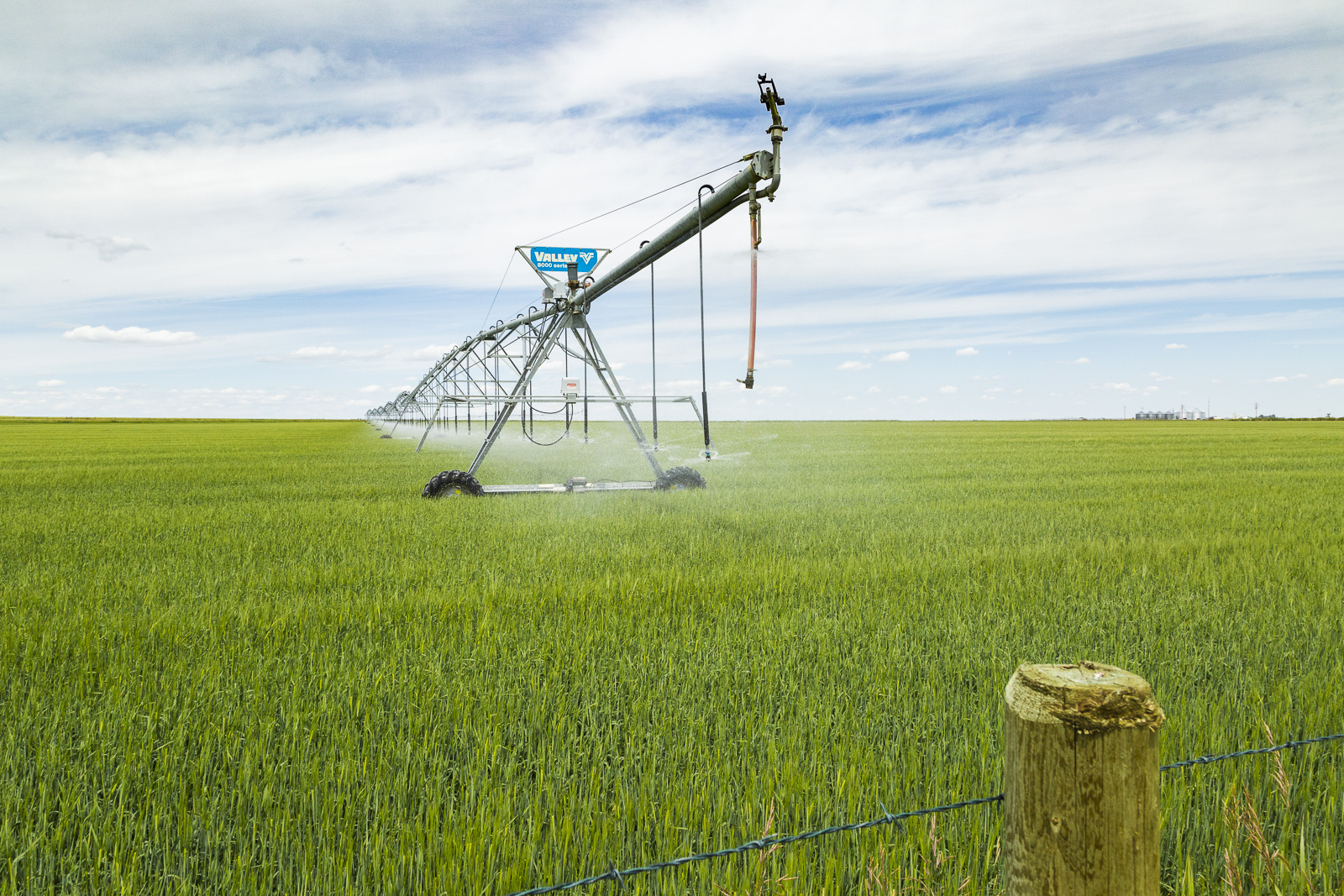

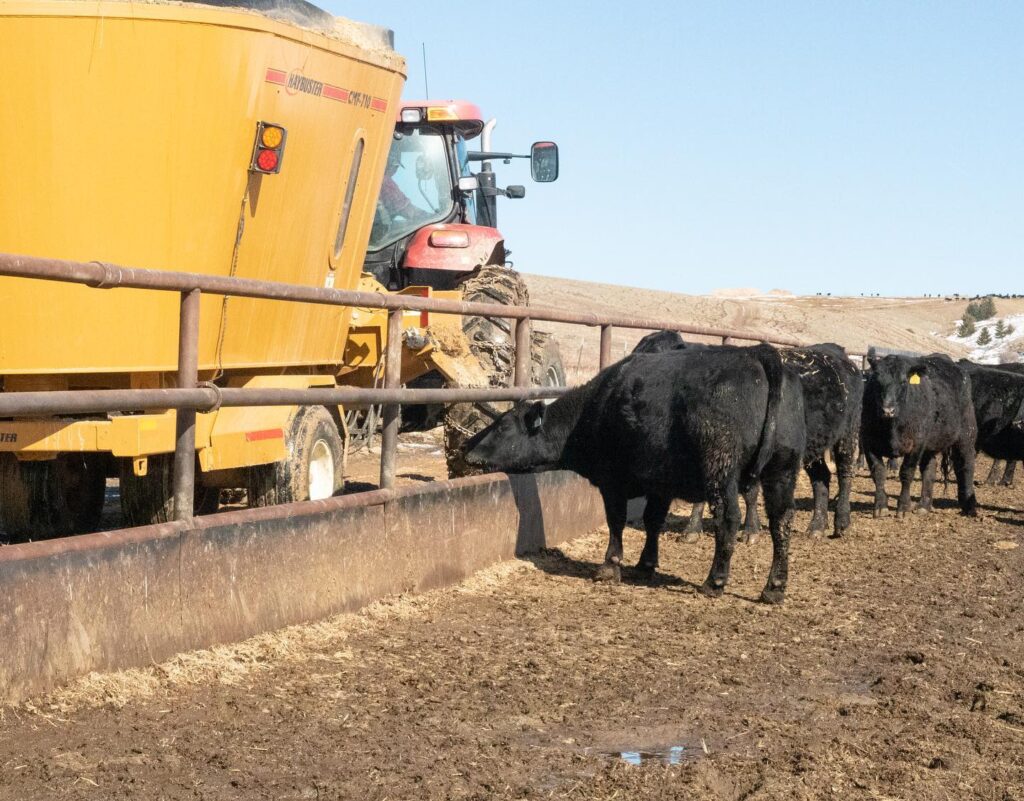
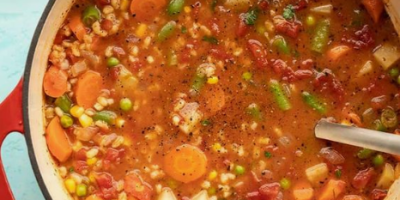
Barley is known to be the “triple threat” crop with its three end uses: food, feed and malt. This grain has a long, slender kernel surrounded by a beautiful “beard” laying over the head. Barley stalks are more delicate at their tops, so as the head of kernels ripens, the head begins to fall over in a distinctive appearance.
In Montana, barley is planted in April or May with an August or September harvest schedule. Researchers at Montana State University and other universities are working on viable winter barley varieties, much like winter wheat. However, Montana’s winters have proven to win the boxing match of survival, so thus only barley grown from spring planting has been possible in the Treasure State.
Harvesting barley is super itchy. Even in 100-degree heat, you’ll often see farmers in long sleeves to help keep the itch off!
Malt Barley
Montana barley is mostly grown for the adult beverage market producing beer and microbrews. Barley is tricky! It needs to be a certain quality to “make malt” (barley that has been allowed to germinate by soaking in water). Part of that equation includes A LOT of water needed by the crop while it grows. Soil nutrients and temperature also affect the crop’s ability to make malt. That’s why Montana farmers stay educated on the latest crop science advancements to ensure they can sell their barley for malt end use. Why is this important? Malt barley is worth more than feed or food barley.
Most malt barley growers are in areas where there is good access to irrigation, such as Fairfield, MT. These areas have regulated water districts that dispense water to farmers from reservoirs, rivers or lakes to help them grow their barley. Thanks to improved barley varieties and if they live in a greater rainfall region, farmers who don’t necessarily have irrigation might grow their barley for malt end use (like Sunburst, MT).
What it makes: Beer is the major end use from malt barley. Malt barley also makes whiskey, another adult beverage. Two major beer companies (Molson Coors and Anheuser-Busch) contract with growers for their barley, but the microbrew market has rapidly taken on steam. These local brews have consumed nearly 50% of today’s beer market.
Feed Barley
Barley which does not show the same qualities required to make malt will typically be sold as feed barley for livestock. A valuable ingredient to the food supply chain, this barley comes off the farm and arrives either at a merchandiser for sale to feed producers (companies such as Purina or Cargill) or direct to customers (such as feed yards).
What it makes: Feed barley is primarily used for beef cattle diets. It is super high in energy and protein and compares favorably to other grains like corn or oats. It is higher in fiber and crude protein than corn.
Barley for Our Food
The last barley category is used for human consumption. For most people, the first food that comes to mind is barley soup, a delicious, protein-rich meal in the depths of winter. However, most don’t know that you can substitute barley for brown rice to jumpstart a side dish. It’s also great atop salads (just like sunflower seeds).
What it makes: We found this great site for 24 barley recipes you can incorporate into your next family meal.
CURRICULUM
- Kernel
- Flour
- Malt
- Final Product
 Endosperm
Endosperm
About 83 percent of the kernel weight and the source of white flour.
Bran
About 14 1/2 percent of the kernel weight. Bran is included in whole wheat flour and can also be bought separately.
Germ
About 2 1/2 percent of the kernel weight. The germ is the embryo or sprouting section of the seed, often separated from flour in milling because the fat content limits flour’s shelflife.
Whole Grains
Whole grain products are made with the whole kernel of grain. The bran (outer layer) contains the largest amount of fiber (insoluble), B vitamins, trace minerals and a small amount of protein; the endosperm (middle layer) contains mostly protein and carbohydrates along with small amounts of B vitamins, iron and soluble fiber; and the germ (inner part) is a rich source of trace minerals, unsaturated fats, B vitamins, antioxidants, phytochemicals and a minimal amount of high quality protein.
Enriched Grains
Enriched white flour is the finely ground endosperm of the kernel. Some of the nutrients that are milled out are replaced through enrichment. Slice for slice, enriched white bread as well as other enriched grain products, are a good source of iron and or B vitamins (thiamin, riboflavin, niacin and folic acid) as well as complex carbohydrates. Enriched grain products have over twice the amount of folic acid as whole wheat. Compare a slice of enriched white bread with 37mcg to a slice of whole grain bread at 17.5mcg.
Grain-based Foods
Provide complex carbohydrates – the best fuel for our bodies. These foods are often low in fat and contain fiber. Grain foods provide vitamins – especially the four key B vitamins (thiamin, riboflavin, niacin and folic acid) and iron. During the milling process, white flour is produced by removing the bran and germ portions of the wheat. Most (95%) products made from white flour are enriched. Whole grain foods are made with flour that contains all three parts of the kernel. Nutrition experts recommend that at least half of our daily grains come from whole grain products. The total number needed each day depends on age, gender and activity level.
Visit https://www.choosemyplate.gov/grains-group-food-gallery to see the specific amount of that food that counts as 1 ounce-equivalent of grain
More About the Kernel:
What is a Whole Grain from the Whole Grains Council
Deconstructing a Wheat Kernel from the Wheat Foods Council (pdf)
The Wheat Kernel and Wheat Plant from North Dakota State University (pdf)
Wheat flour is the most important ingredient in home baking and is the framework for almost every commercially baked product and pasta. Of the grains available for the production of flour, wheat is unique. It is the only cereal grain with sufficient gluten content to make a loaf of bread without being mixed with another grain. Wheat is also the most widely distributed cereal grain and therefore grown all over the world. In most instances, a reference to “flour” is a reference to wheat flour. Wheat is the only cereal grain that contains gluten in sufficient amount to make yeast breads although some wheat contains more gluten than others.
Flour milled from each class of wheat is used for specific products. The end products are determined by the characteristics of the wheat. Milling wheat into flour reduces the protein content by about 1 percent but does not affect other nutrients in significant levels. This applies to stone grinding, commercial milling by steel rollers, or home grinding. Whole wheat flour provides basically the same nutrients as the whole wheat kernel itself.
To measure unsifted or sifted white flour, spoon flour by tablespoons into a measuring cup until the flour overflows. Do not pack the flour by shaking the cup or hitting it with a spoon. To level the flour, use the straight edge of a spatula or knife. Whole grain or instant flours, though not sifted, are stirred lightly with a fork or spoon and measured the same way.
All-Purpose Flour
All-purpose flour is the finely-ground endosperm of the wheat kernel separated from the bran and germ during the milling process. All-purpose flour is made from hard wheats or a combination of soft and hard wheats from which the home baker can make a complete range of acceptable baked products including yeast breads, cakes, cookies and pastries.
Enriched all-purpose flour has iron and B-vitamins (thiamine, niacin and riboflavin) added in amounts equal to or exceeding that in whole wheat flour. The majority of all-purpose flour in the United States is enriched.
Bleached all-purpose flour is exposed to chlorine gas or benzoyl peroxide to whiten and brighten flour color. Chlorine also affects baking quality by “maturing” or oxidizing the flour, which is beneficial for cake and cookie baking. The bleaching agents react and do not leave harmful residues or destroy nutrients.

Barley is the world’s oldest grain, proven by discoveries in ancient cities located in the Mideast and North Africa. It has been cultivated for about 8,000 years, and today is the world’s fourth largest cereal crop.
Barley as a food is most commonly identified as pearl barley, traditionally used in soups. Pearl barley has many other food uses, such as casseroles, pilafs or salads. Barley flour and milling fractions such as bran, middlings, shorts and “red dog” can also be used for baked products and breakfast cereals.
There are many genotypes of barley that exhibit a wide range of physiological and morphological characteristics that somewhat determine the end use. A major factor affecting total dietary fiber in barley is the nude gene (nn) which controls the adherence or non-adherence of the hull to the kernel. This separates all barleys into one of the following types:
- Covered, or having a hull that adheres tightly to the kernel;
- Hull-less, sometimes called “nude,” because the hull falls off the kernel, as with wheat, during harvesting.
If the yield increases due to the presence of the hull and demand for this type in malting, most common barleys are of the covered type. However, there is growing interest in the hull-less type, which is very adaptable for human food products causing the entire grain to be used without pearling.
Barley Malt
Barley malt is an important ingredient for beer production. It is also used in extracts and syrups for adding flavor, color or sweetness to commercially prepared foods such as cereals, baked goods, confections and beverages.
Barley malt is made by soaking and drying barley kernels. The kernels are then allowed to germinate or sprout in a controlled environment.
The malting process converts raw grain into malt. The malt is mainly used for brewing or whiskey making, but can also be used to make malt vinegar or malt extract. Various grains are malted, the most common grains used are barley, sorghum, wheat and rye.
There are a number of different types of equipment that can be used to produce the malt. A traditional floor malting germinates the grains in a thin layer on a solid floor, and the grain is manually raked and turned to keep the grains loose and aerated. In a modern malt house the process is more automated, and the grain is germinated on a floor that is slotted to allow air to be forced through the grain bed. Large mechanical turners keep the much thicker bed loose with higher productivity and better energy efficiency.
More on Barley and Malting
 Not all wheats are alike
Not all wheats are alike
Botanically, there are more than 30,000 varieties of wheat which fall into six major classes that are grown in the United States. The six classes are based on planting and harvesting dates, as well as hardness, color and shape of kernels. The classes are hard red spring, hard red winter, soft red winter, hard white wheat, soft white wheat and durum.
Hard wheats are higher in protein and gluten and are therefore usually used for yeast breads. Soft wheats make very tender pastries, cakes, cookies, flatbreads, crackers and muffins. Soft and hard wheats are often blended to make all-purpose flour. The hardest wheat, durum, is primarily used for making pasta.
When it comes to bread.. .What is the difference between enriched, whole grain and wheat?
Enriched bread is made from enriched white flour, which comes from the endosperm of the wheat kernel and is fortified with iron, B-vitamins and, in some cases, calcium. Enriched white bread has more than twice the amount of folic acid as whole-wheat bread.
Whole-wheat bread is made from whole-grain flour, or the entire wheat kernel, and naturally contains fiber, antioxidants, and phytoestrogens, which may help to reduce the risk of heart disease and some cancers.
Wheat bread is made from a combination of white and whole-grain flour and provides a combination of their benefits. All three kinds of bread offer a wide range of nutrients and complex carbohydrates and help regulate the appetite.
Wheat and Barley Nutrition, Health and Educational Resources
- Resources from the Wheat Foods Council : Including wheat facts, educational tool kits, visual resources, Wheat Foods University, Kernels e-zine, and more useful links.
- Nutrition.gov : Nutrition.gov provides easy access to vetted food and nutrition information from across the federal government. It serves as a gateway to reliable information on nutrition, healthy eating, physical activity, and food safety for consumers.
- Whole Grains from the Harvard School of Public Health’s Nutrition Source.
- Wheat Grains: Hearty options for a healthy diet from the Mayo Clinic.
- Health Benefits of Wheat from the Oldways Whole Grains Council.
- Health Benefits of Barley from the Oldways Whole Grains Council.
- Barley Health Benefits from WebMD.
- Whole Grains and Fiber from the American Heart Association.
Wheat Nutrients
Carbohydrate
Wheat flour is a good source of complex carbohydrate which is the most efficient source of energy available to the human body.
Fiber
Fiber is the indigestible carbohydrate in food which acts like a broom to sweep out the digestive tract. One slice of whole wheat bread contains 1.5 grams of dietary fiber; one slice of white bread contains 0.5 grams.
Protein
Although wheat foods are moderate sources of incomplete protein (does not contain all eight amino acids at adequate levels), combining wheat or other cereal grains with animal proteins or legumes makes the grain protein complete. Within the cereal group, wheat contains more protein than rice or corn.
Fat
Although wheat alone contains very little fat, fats account for 2 to 23 percent of wheat foods. Most often, the fat content in wheat foods results from fat added in production, such as the oil or shortening found in many baked or fried wheat foods. Bread and pasta products are low in fat.
Other Vitamins And Minerals
Thiamine: One of the essential complex B vitamins, thiamine (or thiamin), is also known as vitamin B1.
Niacin: A B vitamin essential for the efficient use of protein by the body. Wheat foods are a good source of niacin.
Iron: Vital to nutrition. Wheat foods are a reliable source of iron for normal dietary needs.
Zinc: Important for skin healing and growth properties. Wheat foods are a good source of zinc.
Riboflavin: Essential for growth and good vision. Wheat foods are a fair source of riboflavin.
Trace Minerals: Wheat foods are a good source of selenium and magnesium, nutrients essential to good health.
This material used by permission from the Wheat Foods Council. Download the Wheat Nutrients information (pdf format).
For Teachers...
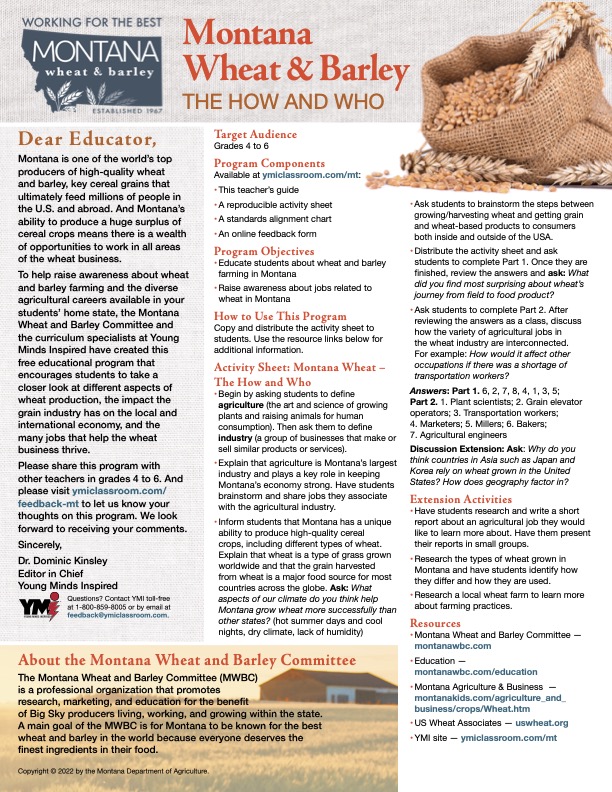
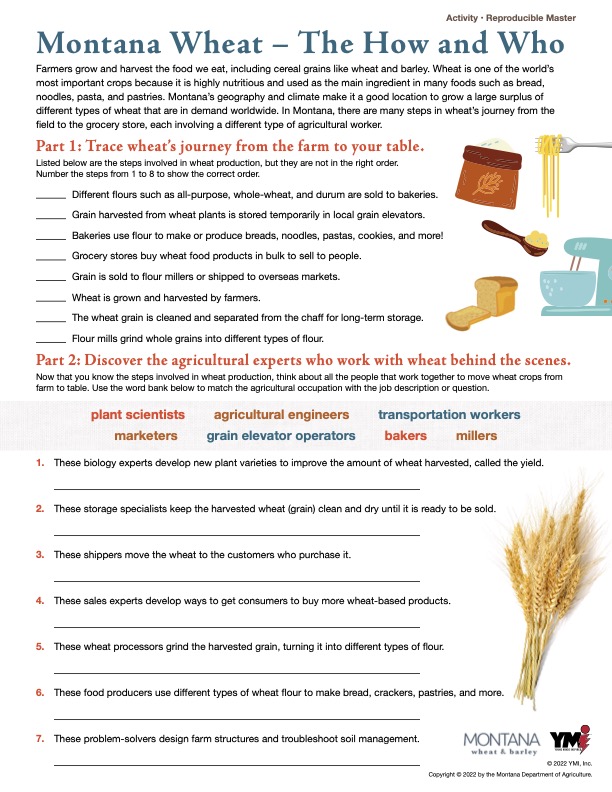
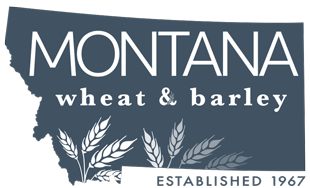
 Not all wheats are alike
Not all wheats are alike